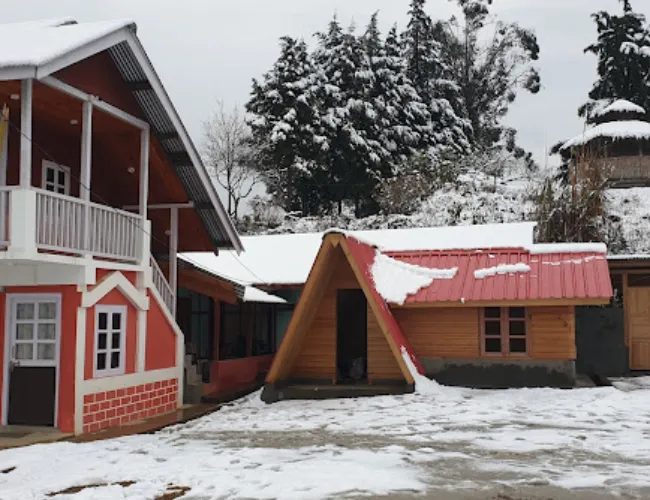


An Introduction to Dibang Valley
Dibang Valley, one of India's remotest districts, lies in the northeastern state of Arunachal Pradesh and is named after the Dibang River. Covering an area of 9,129 sq km, it is also the least populated district in the country, with just over 8,000 residents according to the 2011 Census.
The region boasts stunning Himalayan terrain, snow-covered peaks, and lush valleys formed by the Mathu, Dri, and Ithun rivers. It is a biodiversity hotspot and a stronghold of the indigenous Idu Mishmi community.
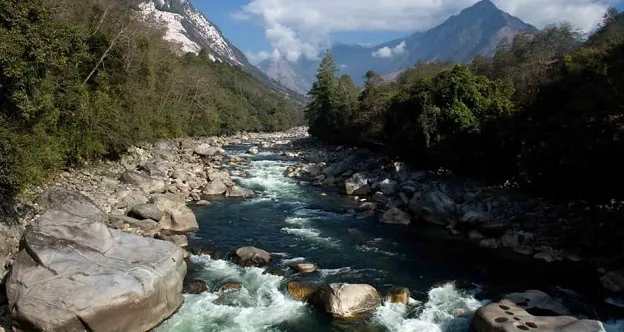
History and Cultural Roots
Administrative Evolution
Dibang Valley’s administrative journey began in 1914 as part of the North Eastern Frontier Tract. It became part of the Sadiya Frontier Tract in 1919 and was carved out of Lohit District in 1980. In 2001, it was divided into Dibang Valley (HQ: Anini) and Lower Dibang Valley (HQ: Roing).
People & Tribes
The valley is primarily inhabited by the Idu Mishmi tribe, who refer to themselves as Keraa-aa (children of Keraa). They practice a rich oral tradition, spiritual rituals, and shifting agriculture (jhum). Visitors can experience their festivals like Reh and Keh-Meha, try traditional foods like pika pila, and enjoy their locally brewed rice beer yu.
Where to Stay in Dibang Valley
Top Accommodations:
Mishmi Takin Homestay, Anini – A traditional stay hosted by locals offering warm hospitality and insights into Idu culture.
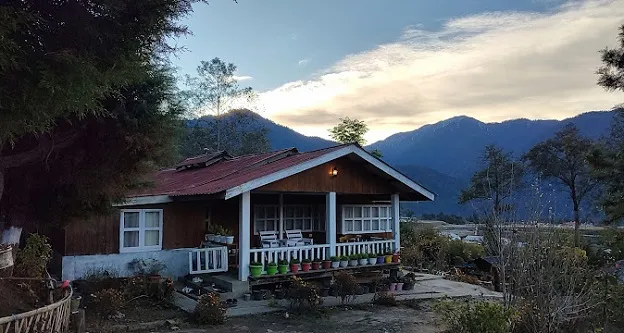
Chigu Camp, Acheso – A scenic resort 1 hour from Anini, featuring cozy cottages, a waterfall, and options for camping and adventure sports.
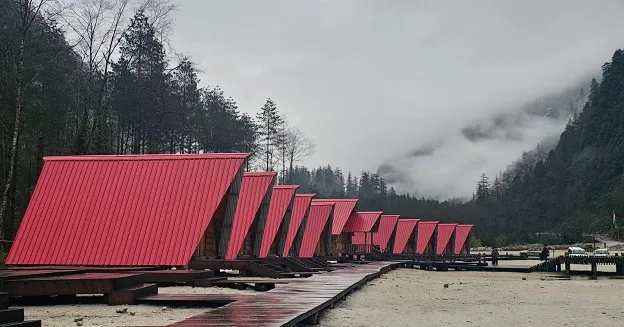
Best Time to Visit Dibang Valley
The best season is October to February, when the skies are clear and temperatures are ideal for trekking, sightseeing, and cultural immersion. The rest of the year sees frequent rainfall due to the valley’s high elevation.
Top Places to Visit in Dibang Valley
Nature & Wildlife Sanctuaries:
Dibang Wildlife Sanctuary – Home to red panda, Mishmi takin, red goral, Asiatic black bear, and rare flora.
Mehao Wildlife Sanctuary – Located in Lower Dibang Valley, this is a paradise for trekkers and wildlife lovers.
Scenic Spots
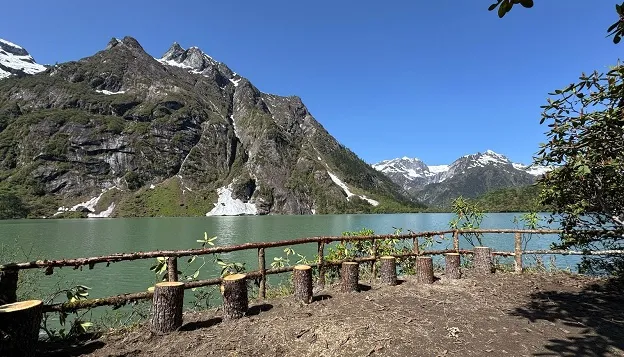
Anini Viewpoint – A breathtaking vantage point for panoramic valley views.
Sally Lake – A serene lake surrounded by forests, ideal for boating and birdwatching.
Mathu Valley – Known for its lush hills and traditional longhouses.
Mawu Aando Waterfall – A beautiful cascade near Chigu Resort, on the way to the Bruni border post.
Adventure & Eco Tourism in Dibang Valley
Things to Do:
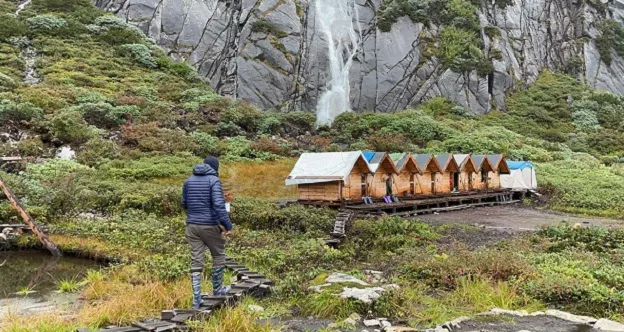
Seven Lakes Trek from Anini – One of the most scenic treks in Arunachal.
Camping at Chigu Resort – Sleep under the stars in the heart of nature.
Trekking & Birdwatching – Spot rare species like Blyth’s tragopan and Sclater’s monal.
Fishing & River Rafting – Popular in rivers like the Dri and Ithun.
Paragliding – In select zones near Anini for thrill seekers.
Wildlife & Flora of Dibang Valley
The terrain ranges from tropical evergreens in the lowlands to alpine meadows and snow-capped mountains. You’ll find:
Animals: Musk deer, Himalayan black bear, snow leopard, Mishmi takin, tigers, wild buffalo.
Birds: Migratory ducks and exotic high-altitude species.
Flora: Bamboo, rhododendrons, orchids, medicinal herbs like Coptis teeta and Texus bataca.
Cultural Tourism & Local Life
Traditional Food & Lifestyle
The Idu Mishmi diet includes tubers, wild greens, millets, smoked meat, bamboo shoots (Apoh), and fermented foods. Their agricultural practices are both sustainable and seasonal, reflecting harmony with nature.
Festivals Worth Attending
Reh Festival (Feb) – A spiritual event where rituals are performed for prosperity.
Keh-Meha Festival (Sept) – Celebrates tribal unity and community well-being.
How to Reach Anini (Dibang Valley HQ)
By Road:
Roing to Anini: 235 km via NH-313
Private taxis available from Tinsukia (Assam) via Roing
Bus:
APSTS Bus Service
Roing to Anini: Mon, Wed, Fri at 6:00 AM
Anini to Roing: Sun, Tue, Thu at 6:00 AM
By Air (Summer Only):
Helicopter from Naharlagun via Pasighat, Roing, or Mohanbari (Dibrugarh)
Nearest Railway Station:
Tinsukia, Assam
Nearest Airport:
Mohanbari Airport, Dibrugarh
Permits Required for Entry to Dibang Valley
For Indian Citizens (ILP):
Inner Line Permit (ILP) for Arunachal Pradesh available at www.arunachalilp.com or get it at Shantipur border.
For Foreigners (PAP):
Get from Indian Missions abroad, Home Ministry, or the Commissioner, Govt. of Arunachal Pradesh.
Written by Omanso Tayang:
Omanso, an avid backpacker with an engineering background from Itanagar, Arunachal Pradesh, returned to his home state after completing his education in Chennai & NERIST. Passionate about promoting the lesser-known destinations, Oman has traveled across most parts of Arunachal to find unique locations like Anini, Dong Valley, Namsai etc. When not exploring, Oman enjoys camping, trekking, dancing and going on culinary adventures.
For a customized Anini tour package you can contact us at +91-7669503993 or email to contact@ourguest.in

